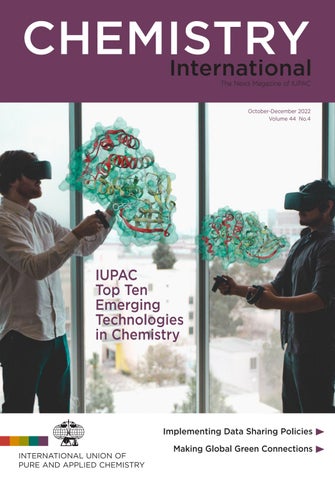
**Apprehensions Regarding IUPAC’s PFAS Redefinition Initiative**
In a noteworthy occurrence within the scientific realm, a group of twenty prominent authorities on per- and poly-fluoroalkyl substances (PFAS) has raised significant concerns about a venture spearheaded by the International Union of Pure and Applied Chemistry (IUPAC). This initiative seeks to redefine this category of environmentally enduring chemicals. The specialists are apprehensive that the suggested revised definition by IUPAC may be more restrictive, prompting inquiries about the underlying motivations for the initiative.
In 2021, the Organisation for Economic Co-operation and Development (OECD) released a peer-reviewed definition of PFAS, characterizing them as ‘fluorinated substances that incorporate at least one fully fluorinated methyl or methylene carbon atom, devoid of any H/Cl/Br/I atom attached’. This definition aimed to rectify prior deficiencies whereby some fully fluorinated substances were left unconsidered.
IUPAC has declared that its project, scheduled to commence on June 26, intends to deliver a ‘stringent definition’ for PFAS. The purpose is to establish uniform terminology, classification, and nomenclature for these substances, which will seemingly benefit the scientific, regulatory, and industrial sectors through cohesive communication regarding PFAS.
Nonetheless, critics of the initiative, including Stockholm University environmental chemist Ian Cousins, caution against possible conflicts of interest. They contend that an alternative or competing PFAS definition, incorporating factors beyond mere chemical structure, could sway regulations and lead to the improper use of specific PFAS categories. The existing OECD definition is viewed as broader and more straightforward.
Cousins posits that the intention behind constricting the definition might be economically and politically driven, potentially sidelining high-revenue substances like fluoropolymers. He approximates that the market already includes tens of thousands of PFAS variations, with possibly millions qualifying within this category based on databases like PubChem.
In spite of the apprehensions, IUPAC asserts that the project is in line with its goal of fostering a universal language for chemistry. It emphasizes the importance of bridging informational gaps to support both national and international policy-making.
The discourse remains intense, and while Cousins anticipates that the redefinition project will advance, he is hopeful that early resistance might weaken or thwart it, thereby safeguarding the more expansive OECD definition, which is vital for global environmental protection.